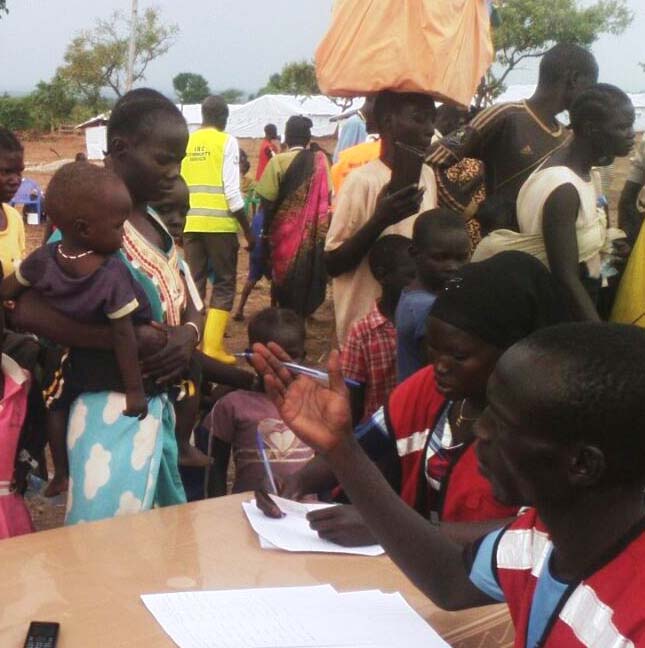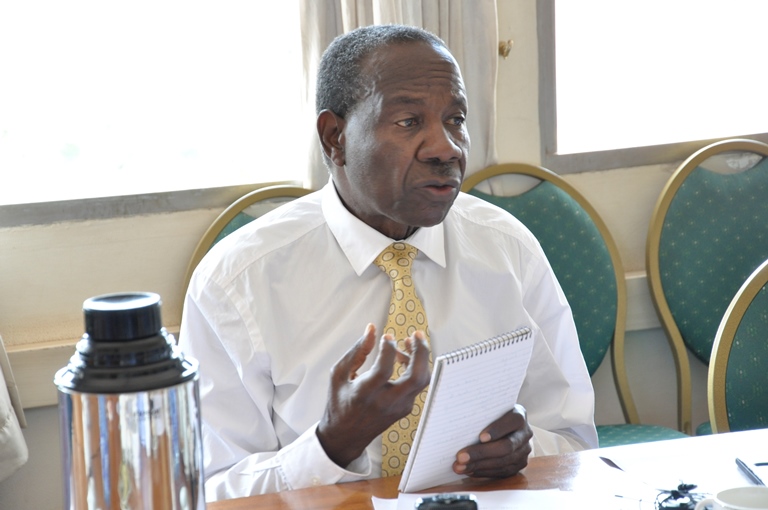By Catherine Ageno
The ministry of education has been asked to develop a curriculum that is tailored to the needs of refugee children in Ugandan schools.
The call is made by Ms Agatha Kisakye, a child protection consultant following a recent report by Uwezo Uganda on performance of refugees in schools that indicated that the children in refugee settlements are disadvantaged in terms of learning conditions such as high pupil-to-teacher ratio, limited textbooks and classrooms.
Uganda is currently home to about 1.4million of the over 68 million people living in refugee settlements globally, making it the biggest host of refugees on the continent.
In an earlier interview with Daily Monitor, Violet Alinda, the Uwezo’s Advocacy Manager, said since majority refugees in Ugandan camps are children, they are likely to spend their schooling years in settlements. The findings also showed higher pupil-to-textbook ratios inside settlements with one textbook being shared between 27 to 111 refugee children.
To address this, Ms Kisakye advises government to use simplified booklets for teaching refugee children.
Her concerns also come shortly after yet another report was released by the British Council, indicating that language barrier threatens learning outcomes for refugees. Mr. Rod Hicks, the Lead Researcher for British Council says the study on language usage in schools and the impact the influx of refugees is having on learning and language in Uganda has revealed a complex situation. He says the increase in refugee numbers have caused an expansion in enrollment and impacted negatively on the quality of education.
Key findings showed that 19 languages were in common use during lessons in the 30 schools visited in the districts of Arua, Isingiro and Yumbe. The study found that there is considerable confusion over which language should be used as the language of instruction in schools when so few children understand English and so many had previously been learning in a different language in their home countries. Overall, 15% of lessons observed were conducted in a local language while two thirds were using English with no use of any other supporting language, even though at least a third of the class did not understand the lesson.
The report also reveals a severe issue with overage children in lower primary caused by the system of placement on arrival that is based on assessment through interview or written tests in English.
Ms Kisakye says all stakeholders in international development and research communities must plan for sustainable language responses to education in emergencies. “Special teachers must be oriented for this cause. There should be teachers who specialize in languages like Kiswahili and French that are widely used by the refugees”, said Ms Kisakye in an interview with KFM.
She says the enrolled teachers must also be mindful of the nonverbal language that may negatively affect the learners’ performance.
The minister for Education and Sports, also First Lady Janet K. Museveni, responded to these concerns while launching the Education Response Plan, expressing government’s commitment to helping these children, but called for support to make this Plan a reality.
Another intervention has been made so far is by the Refugee Law Project through an 18-month program that teaches the refugees from basic to fluent English to help them communicate and access services with ease. According to Chris Dolan, the RLP Director, majority of refugees come from DR Congo, Burundi, South Sudan and Somalia and often need interpreters to communicate.








